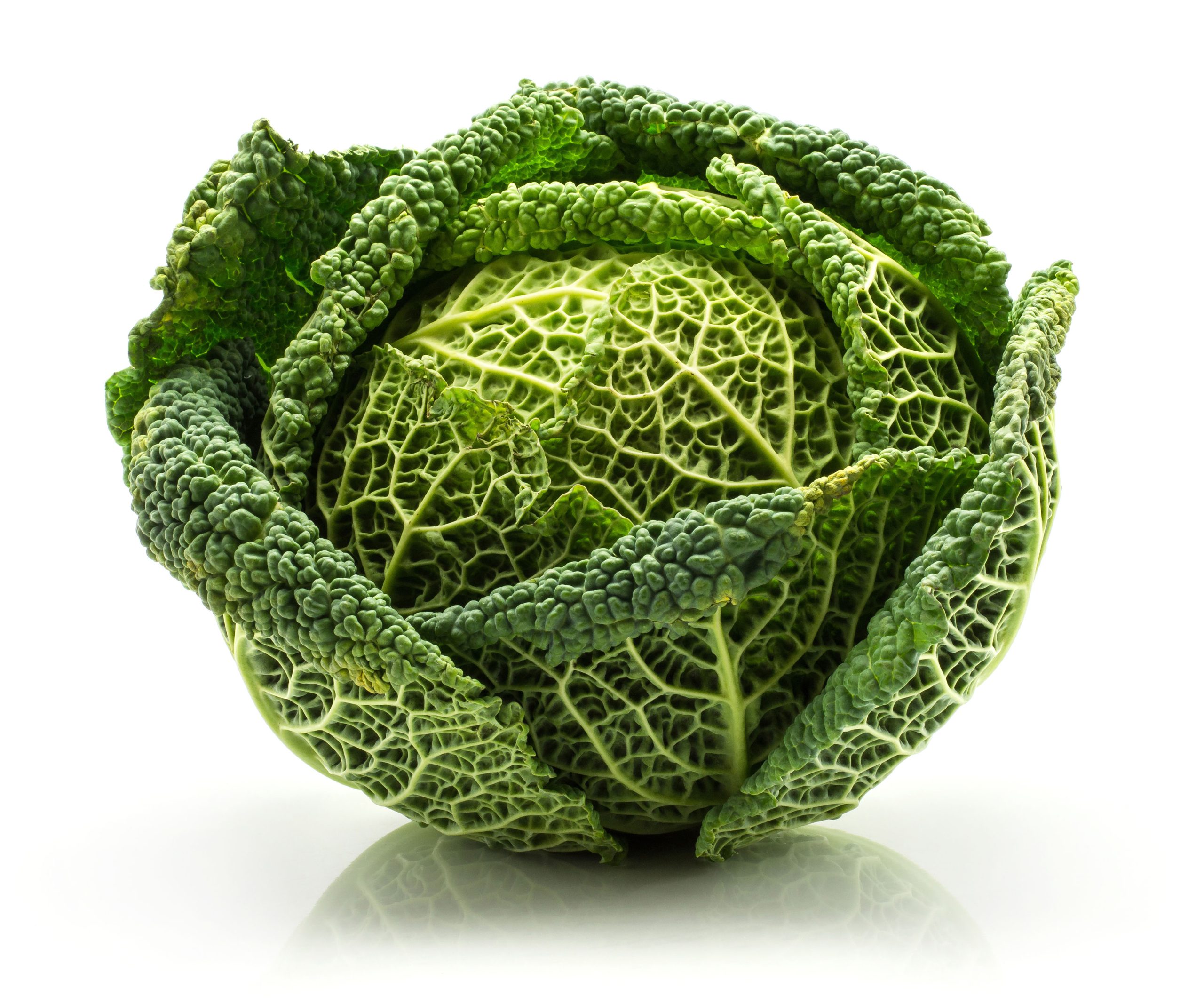Seasons/Availability
Savoy cabbage is available year-round.
In the United States, peak season for Savoy cabbage is in the fall and winter months.
Selection
When selecting Savoy cabbage, look for heads that are heavy for their size with firm, crisp leaves. Avoid cabbages that have yellowing or wilting leaves as they may indicate age or exposure to extreme temperatures.
Storage
Savoy cabbage can be stored in a plastic bag placed in the refrigerator for up to one week. To increase shelf life, wrap the cabbage tightly in damp paper towels before refrigerating. If needed, frozen Savoy cabbage can be thawed and used in cooked dishes such as soups or stews.
Culinary Uses
Savoy cabbage is an incredibly versatile vegetable and can be used in a variety of ways. The leaves are great for salads, slaws, wraps, or sandwiches as well as soups, stews, stir-fries, and casseroles. Savoy cabbage can also be steamed or boiled until tender and served as a side dish with butter or olive oil. When cooked appropriately, its sweet, earthy flavor is perfect for gratins and other comforting dishes.
Nutritional Value
Savoy cabbage is an excellent source of vitamins A, C, K, folate, fiber, calcium, magnesium, potassium and antioxidants. It is also low in calories and fat-free. The crunchy texture of the cabbage provides a satisfying crunch to any dish while packing a nutritional punch.
For more information on the health benefits of Savoy cabbage, please consult your healthcare provider or nutritionist.
Safety
When preparing and consuming Savoy cabbage, it is important to follow proper food safety guidelines to prevent any potential food-borne illnesses. Always wash hands with soap and water before handling the cabbage as well as after handling raw meat, poultry or seafood. Wash the cabbage thoroughly to remove dirt and bacteria before using it in any dish. Avoid eating any Savoy cabbage that has browning, wilted, or slimy leaves as these could be signs of spoilage. Additionally, make sure to cook all cooked dishes containing Savoy cabbage to the correct internal temperature as recommended by your local health department.
To get the most nutritional benefits from Savoy cabbage, try to use it within a week of purchase. Refrigerate in an air-tight container and consume within 3-5 days for optimal freshness. If you need to store your Savoy cabbage for longer, consider blanching and freezing for later use.
Savoy cabbage is an excellent source of vitamins, minerals, and fiber that can be enjoyed in a variety of dishes. With proper storage and preparation, you can enjoy the delicious flavor and nutritional benefits of this versatile vegetable for many meals to come!





